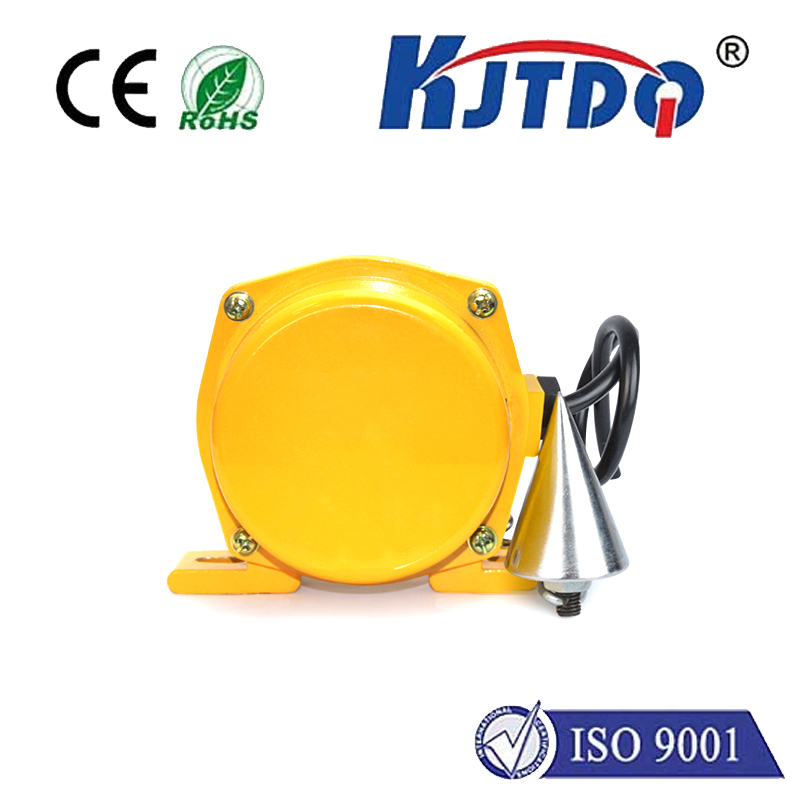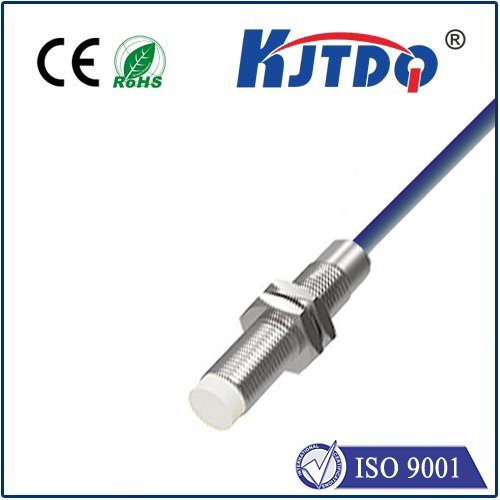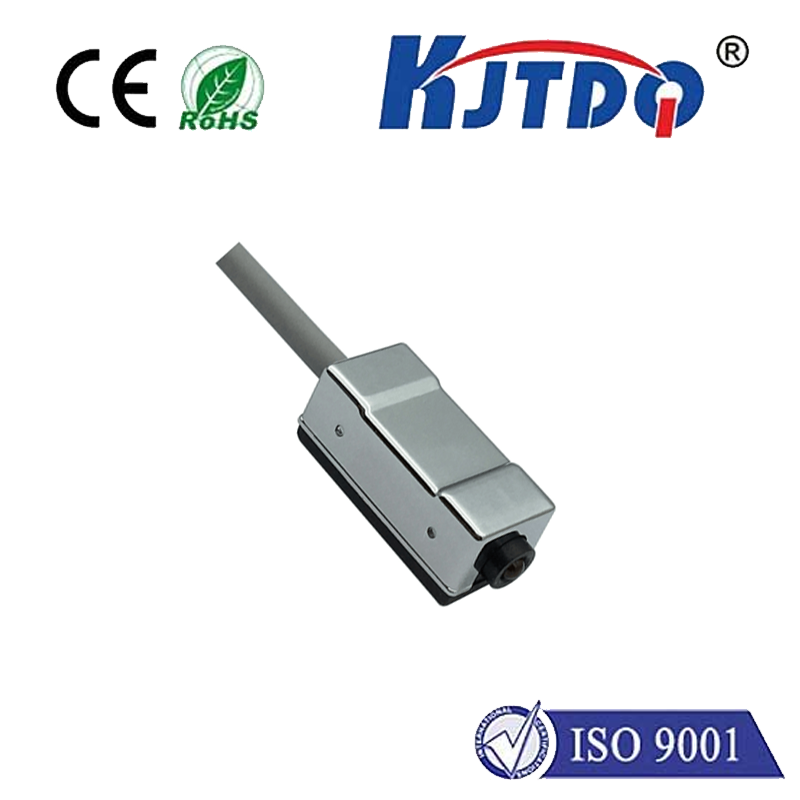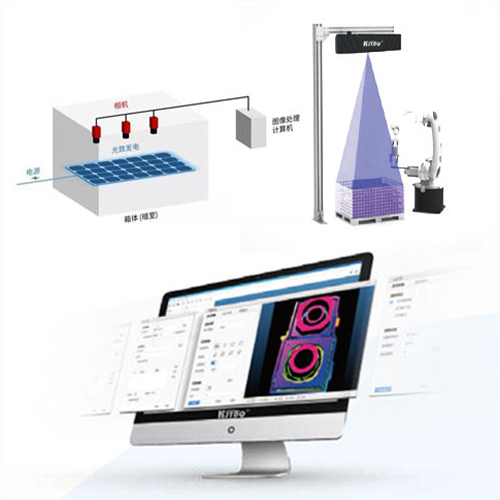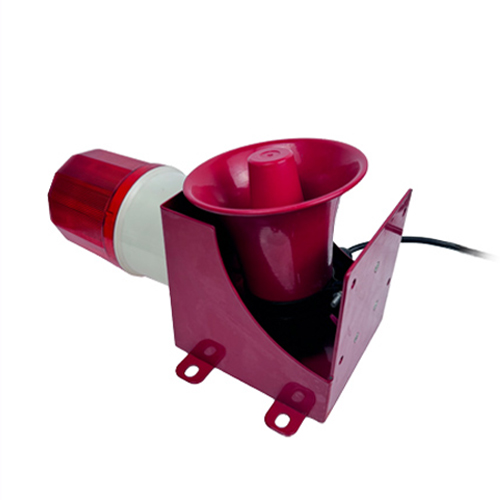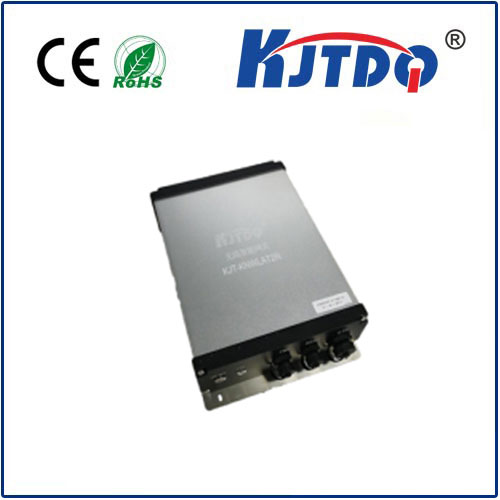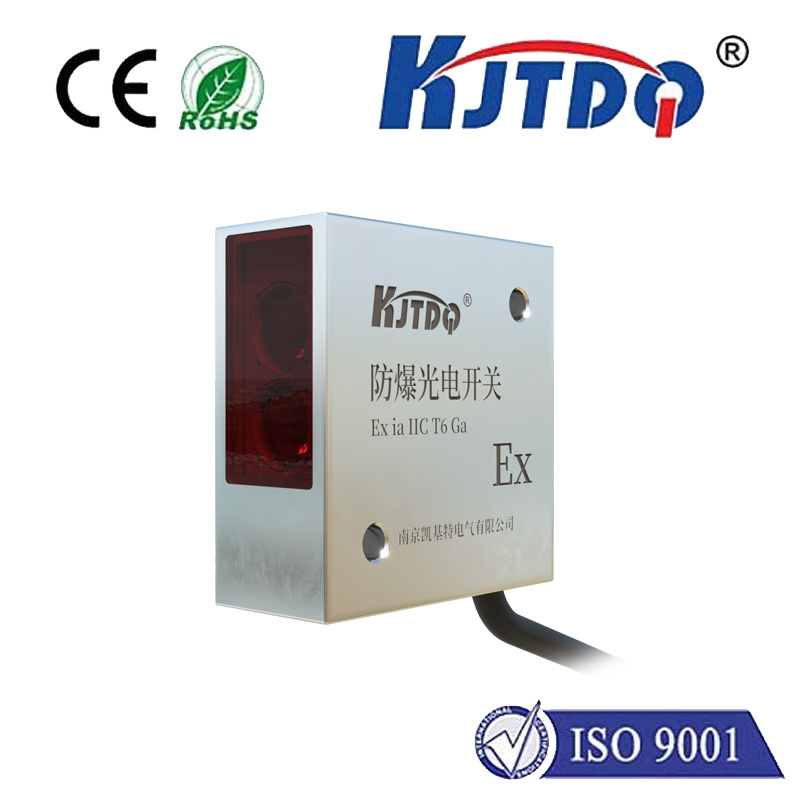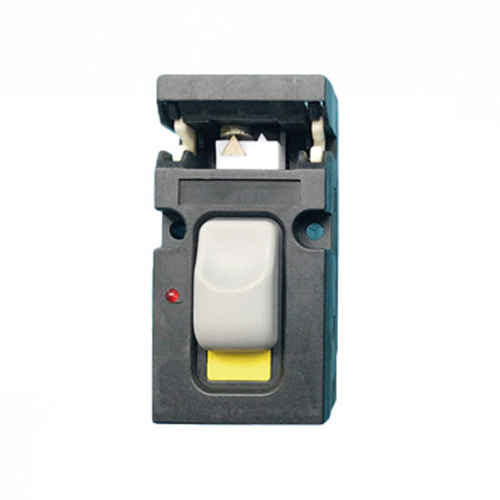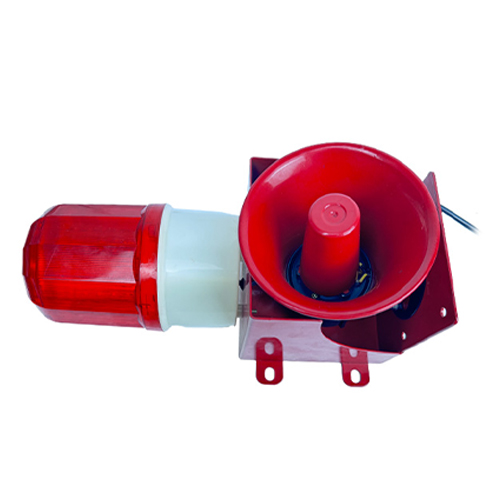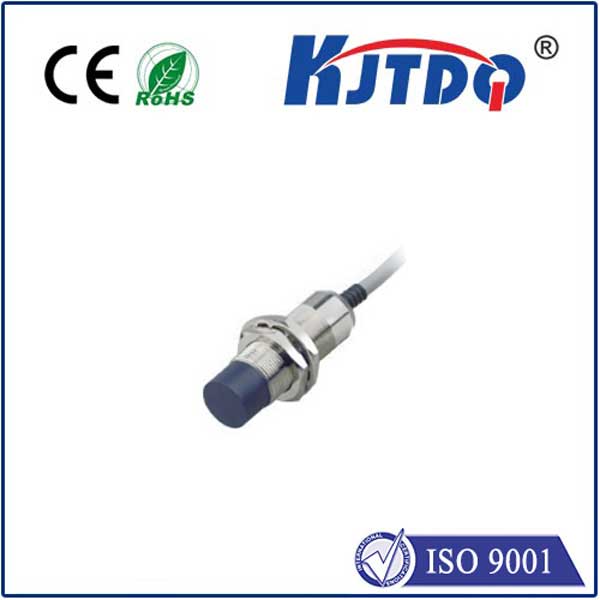Датчик приближения тяжелого оборудования
- time:2025-06-13 00:24:10
- Нажмите:0
Heavy Equipment Proximity Sensors: The Unsung Heroes of Safer, Smarter Construction Sites
Imagine a bustling construction site: towering cranes swing loads, massive excavators dig deep, and dump trucks navigate tight spaces. It’s a symphony of power and progress. Yet, this environment is inherently hazardous, with blind spots around heavy machinery posing constant risks to nearby workers, equipment, and infrastructure. A momentary lapse in attention or visibility can lead to catastrophic incidents. This is where Датчик приближения тяжелого оборудования step in, transforming these powerful machines from potential hazards into beacons of enhanced safety and operational efficiency.
These sophisticated systems act as an extra set of electronic eyes and ears, tirelessly monitoring the machine’s surroundings. They warn operators of potential collisions with obstacles, people, or other equipment long before the operator might see them, providing a critical safety net in complex, dynamic work zones.
How Proximity Sensors Work: Sensing the Unseen
Heavy equipment proximity sensors operate on various technologies, each with strengths suited to specific site challenges:

- Radar Systems: Emitting radio waves that bounce off objects, radar sensors excel in challenging conditions like fog, dust, rain, or snow – common occurrences on construction sites. They offer excellent range detection and are robust, ideal for large machines like cranes and haul trucks. Their ability to “see” through poor visibility makes them indispensable.
- Ultrasonic Sensors: These emit high-frequency sound waves and measure the echo’s return time. Highly effective at short-range detection (They are generally cost-effective and reliable for close-quarters safety.
- LiDAR (Light Detection and Ranging): Using laser pulses to create precise 3D maps of the surroundings, LiDAR offers superior object detection accuracy and resolution. It excels in mapping complex environments and detecting even small obstacles, making it valuable for automated or semi-automated machinery and high-precision tasks. Its detailed environmental picture enhances situational awareness significantly.
- Camera-Based Systems: Utilizing visual feeds, often with AI-powered object recognition, camera systems provide operators with a real-time view. Advanced systems can classify objects (person, vehicle, structure) and trigger alarms. They offer intuitive feedback but can be affected by lighting and weather conditions, often used in conjunction with other sensors.
- Hybrid Systems: Many modern solutions combine multiple technologies (e.g., radar + camera, ultrasonic + LiDAR) to leverage the strengths of each and overcome individual weaknesses, providing comprehensive coverage and redundancy.
The Tangible Impact: Why Proximity Sensors Are Essential
The benefits of integrating heavy equipment proximity detection systems extend far beyond basic collision avoidance:
- Dramatically Enhanced Site Safety: This is the paramount benefit. Proximity sensors actively prevent accidents involving workers on foot (struck-by incidents), collisions between machines, and impacts with structures, trenches, or overhead hazards. Studies consistently show significant reductions in incident rates on sites deploying these technologies. A reliable alert system gives operators precious seconds to react, potentially saving lives and preventing serious injuries.
- Reduced Damage & Downtime: Accidental collisions cause expensive damage to both equipment and site infrastructure. Repair costs, parts replacement, and the associated downtime can cripple project schedules and budgets. Proximity sensors act as a shield, protecting valuable assets by preventing these costly impacts. Minimizing unplanned downtime keeps projects on track and budgets intact.
- Improved Operational Efficiency: Contrary to the notion that safety tech slows things down, proximity sensors often boost efficiency. Operators can maneuver large equipment in tight spaces with greater confidence and speed, knowing they have an extra layer of awareness. This is crucial for tasks like precise loading/unloading, navigating congested yards, or working in complex trenches. Faster, safer maneuvering translates directly to improved productivity.
- Alleviation of Operator Stress & Fatigue: Constantly scanning multiple blind spots for potential hazards is mentally taxing. Proximity sensor systems reduce this cognitive load by providing clear, timely alerts. This allows operators to focus more on their primary tasks, leading to better decision-making, reduced fatigue, and improved overall job performance and satisfaction.
- Compliance and Risk Mitigation: Increasingly, regulatory bodies and large contractors mandate or strongly recommend collision avoidance technologies on heavy equipment. Implementing proximity sensors demonstrates a proactive commitment to safety, helps meet compliance requirements, and significantly reduces the company’s liability exposure in the event of an accident. It’s a strategic investment in risk management.
Integration and Best Practices for Success
Simply installing sensors isn’t enough. Effective implementation is key to reaping the full safety and efficiency benefits:
- Strategic Placement: Sensors must be strategically positioned based on the machine type, its typical operating envelope, and known blind spots (e.g., rear and sides of dump trucks, swing radius of excavators). Multiple sensors are often required for full coverage.
- Intuitive Operator Interface: The warning system (audible alarms, visual displays, haptic feedback like seat vibration) must be clear, distinct for different threat levels, and easily understood by the operator without causing distraction. Alarms should provide directional information.
- Zone-Based Detection: Systems should allow configuration of detection zones (warning zone, critical slow-down zone, stop zone) to minimize nuisance alarms while ensuring critical alerts are prominent.
- Operator Training: Comprehensive training is essential. Operators need to understand how the system works, its limitations, how to interpret alerts, and that it is an aid – not a replacement – for vigilant operation. Training fosters trust in the technology.
- Regular Maintenance & Calibration: Like any critical system, sensors require regular inspection, cleaning (mud, dust buildup), and calibration to ensure they function accurately and reliably. A malfunctioning sensor provides a false sense of security. Include checks in routine equipment maintenance schedules.
The Future is Aware
As technology evolves, proximity sensing for heavy equipment is becoming smarter. Integration with site-wide telematics allows for tracking machine paths and potential conflicts between multiple pieces of equipment. Artificial Intelligence enhances object recognition accuracy and predictive capabilities. We are moving towards interconnected systems where machines communicate with each other (V2X - Vehicle-to-Everything) to proactively avoid collisions.
For any construction company committed to protecting its workforce, safeguarding its assets, optimizing productivity, and managing risk, investing in robust heavy equipment proximity detection systems is no longer a luxury; it is an operational necessity. These unassuming electronic sentinels are fundamental tools for building a safer, more efficient, and ultimately more successful construction site. The cost of implementation pales in comparison to the potential cost – human and financial – of a single avoidable accident. Making proximity sensing a standard feature on heavy machinery is how the industry builds a fundamentally safer future.

